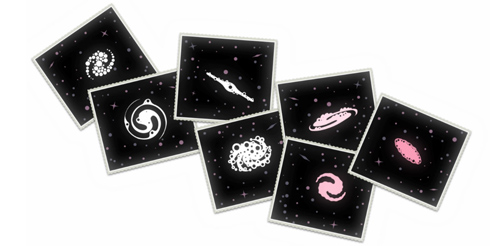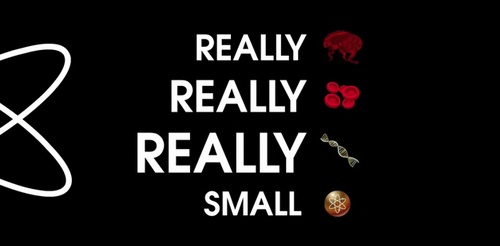So we don’t usually post big brands here, but this is one marketing campaign that has captured our attention. Mercedes Benz is developing a new range of hydrogen-powered cars. Their claim is that the car will produce zero emissions, thus making it invisible to the environment.
As a part of their campaign they have covered one side of the new car in LED lights and placed a Canon EOS 5D Mark II on the other. This recorded footage live and transmitted it onto the LEDs. The effect: an invisible car. They drove the vehicle around Germany and caught the reaction of consumers. Needless to say, it is very impressive!
[youtube=http://www.youtube.com/watch?feature=player_embedded&v=ZIGzpi9lCck&w=500]
We won’t be seeing one of these cars in the near future as the costs will be prohibitive to most consumers. It is likely only to be put into production by 2015.
[via Digital Trends]











